1. Sunken Living Rooms
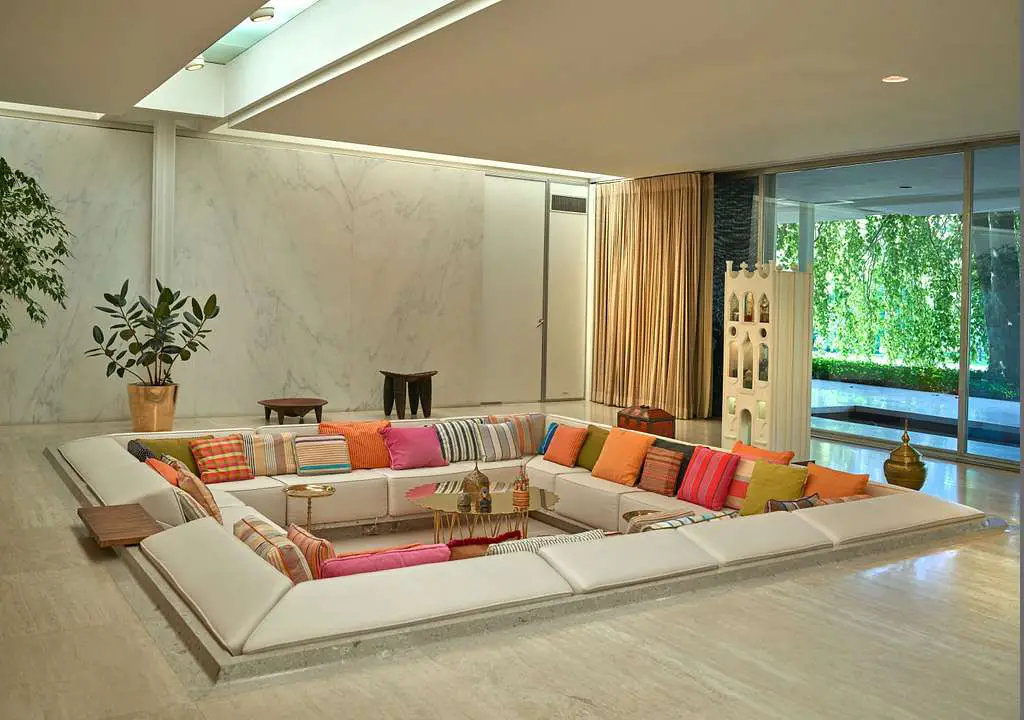
Once a hallmark of mid-century design, sunken living rooms, or “conversation pits,” are regaining attention for their cozy appeal. These recessed spaces create a distinct sense of intimacy, making them perfect for family gatherings or casual entertaining. Often surrounded by plush seating and low tables, they emphasize connection and comfort. Modern updates to this trend feature clean lines and neutral color palettes, creating a sophisticated yet welcoming atmosphere.
While the 1970s style often included shag carpeting and bold colors, today’s designs lean toward minimalism and functionality. Architects and interior designers are reimagining sunken spaces to serve dual purposes, such as doubling as play areas or meditation zones. Their ability to add depth and character to open-concept spaces has made them a desirable design element once again. For inspiration, check out Architectural Digest’s guide to modern sunken living rooms here.
2. Wallpapered Walls

Wallpaper, long dismissed as fussy and outdated, is enjoying a major renaissance in contemporary home design. This versatile material now features bold patterns, textured finishes, and peel-and-stick options that make it more accessible than ever. Whether used to create a statement wall or cover an entire room, wallpaper adds depth, character, and visual intrigue. Homeowners are gravitating toward designs that blend vintage charm with modern aesthetics, such as geometric prints or floral motifs.
Advances in materials have also made wallpaper more durable and easier to maintain, ensuring it remains a practical choice for high-traffic areas. Eco-conscious options, like recycled or sustainably sourced wallpaper, appeal to those with an eye on sustainability. When paired with complementary decor, wallpaper can transform any space into a personalized sanctuary. To explore current trends, visit Elle Decor’s guide to wallpaper styles here.
3. Wood Paneling
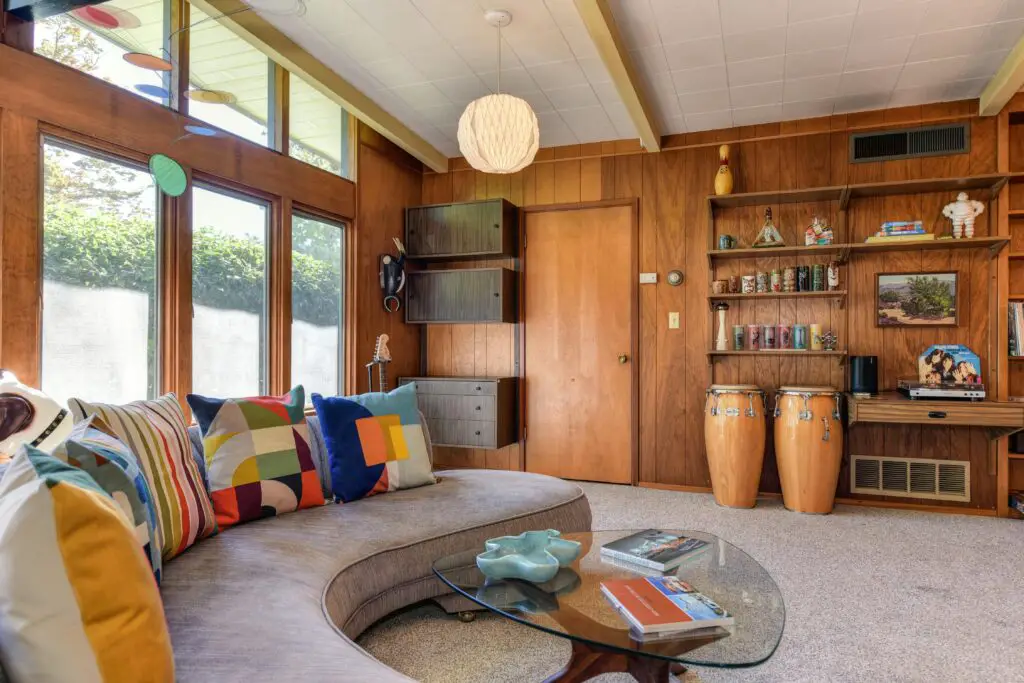
Once synonymous with 1970s dens, wood paneling has re-emerged as a chic, sophisticated design choice for modern homes. Today’s versions feature light-toned woods and clean, sleek finishes that offer a contemporary twist on the nostalgic trend. Popular options include shiplap, beadboard, and reclaimed wood, which add texture and warmth to any space. Homeowners are also incorporating vertical or diagonal paneling patterns for a fresh and dynamic look.
This design element is commonly used to create statement walls in living rooms, bedrooms, and even bathrooms. Advances in wood treatment techniques ensure durability and resistance to moisture, expanding the possibilities for its application. By pairing wood paneling with modern furniture and decor, it’s possible to achieve a perfect blend of retro and contemporary styles. For more ideas, check out House Beautiful’s take on wood paneling’s comeback here.
4. Built-In Bookcases
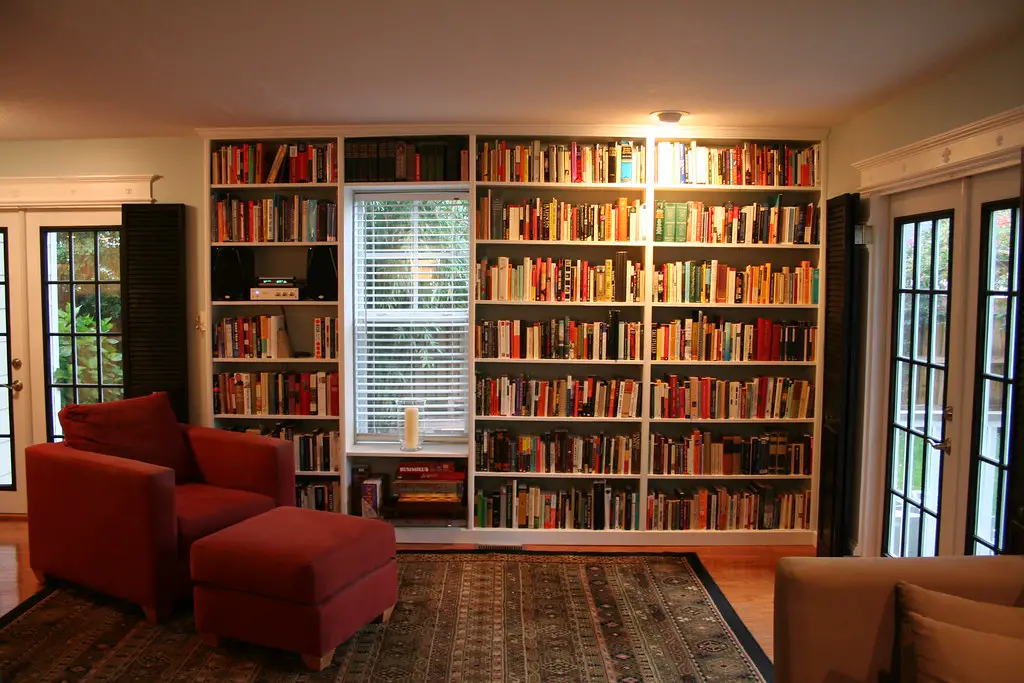
Built-in bookcases are experiencing a revival as a beloved feature in modern homes. Once a staple of traditional interiors, these functional installations are now being reimagined with sleek, contemporary finishes to suit minimalist aesthetics. They provide a practical solution for storage while adding architectural interest and timeless charm. Homeowners are using them not only for books but also to display curated collections of art, plants, and personal memorabilia.
Built-ins are especially popular in living rooms, home offices, and libraries, where they serve as both decorative and utilitarian elements. Customizable options allow for unique configurations, including lighting and integrated desks or workspaces. Their ability to maximize vertical space makes them ideal for smaller homes or apartments. For inspiration on modern takes on this trend, explore HGTV’s feature on built-in bookcases here.
5. Retro Kitchens
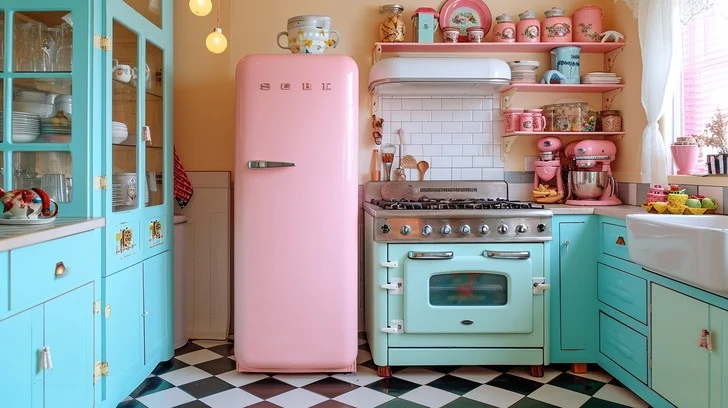
Retro kitchens are making a strong comeback, blending nostalgic charm with modern functionality. Elements like colorful appliances, checkered floors, and vintage cabinetry evoke a sense of mid-century warmth and whimsy. Popular hues include mint green, pastel pink, and bright yellow, reminiscent of the 1950s and 1960s. Many homeowners are choosing to incorporate retro designs alongside contemporary technology, such as stainless-steel appliances and quartz countertops, to create a balanced aesthetic.
Small touches like diner-style bar stools and open shelving enhance the nostalgic vibe. The durability of vintage materials often surpasses their modern counterparts, adding lasting value to these spaces. Designers are also incorporating sustainable practices, like upcycling vintage furniture and fixtures, into retro kitchen renovations. To explore ideas for creating your own retro kitchen, visit The Spruce’s guide here.
6. Canopy Beds
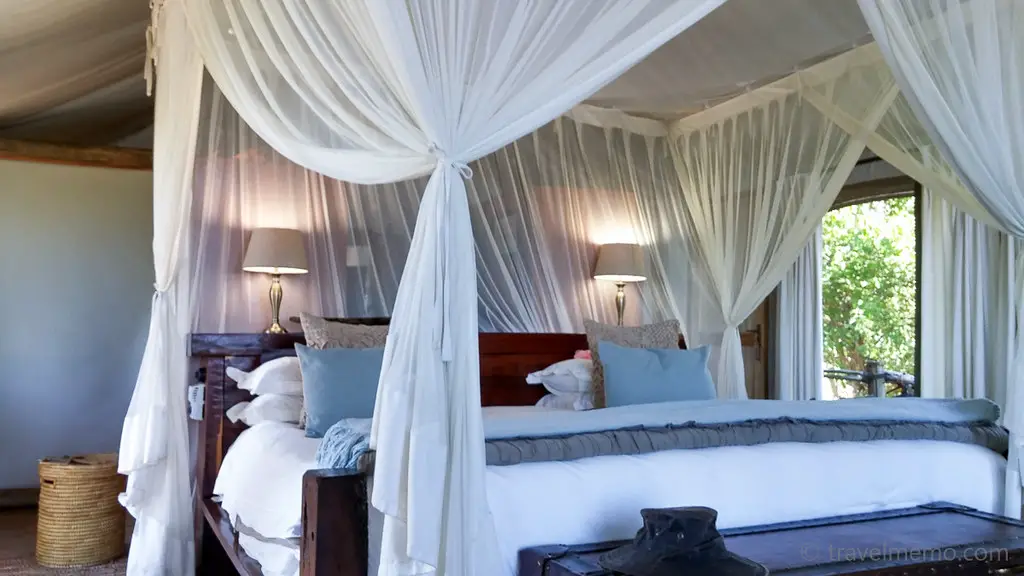
Canopy beds are reemerging as a luxurious and elegant addition to modern bedrooms, shedding their old-fashioned reputation. Historically associated with grandeur and privacy, these beds now come in minimalist designs that suit contemporary aesthetics. Today’s versions often feature sleek metal frames or natural wood, offering a streamlined look that doesn’t overwhelm the space. Homeowners appreciate their ability to create a cozy, intimate environment, especially when paired with soft lighting and flowing drapery.
For a more understated approach, open canopy frames without fabric provide a sophisticated architectural element. Beyond their visual appeal, canopy beds can also help to define spaces in open-plan bedrooms. Their versatility ensures they complement a wide range of interior styles, from bohemian to industrial chic. For more canopy bed inspiration, explore Better Homes & Gardens’ roundup here.
7. Patterned Linoleum Flooring

Linoleum flooring, once considered outdated, is making a stylish and eco-friendly comeback. Known for its durability and vibrant patterns, modern linoleum offers updated designs that mimic materials like tile or wood. Its affordability and ease of installation make it an attractive option for homeowners seeking a retro-chic look on a budget. Linoleum’s eco-friendly composition—made from renewable materials like linseed oil and jute—also appeals to sustainability-conscious consumers.
Newer versions feature water-resistant coatings, making them suitable for kitchens, bathrooms, and mudrooms. Bold patterns, such as geometric shapes or vintage-inspired motifs, are especially popular for creating statement floors. Homeowners are embracing this versatile material as a practical yet aesthetically pleasing choice. For a deep dive into linoleum’s resurgence, check out Real Homes’ feature here.
8. Formal Dining Rooms

Formal dining rooms, often sidelined in favor of casual open-plan spaces, are regaining popularity among homeowners seeking dedicated areas for entertaining. These spaces are being revamped with bold wall colors, statement lighting, and eclectic furniture to make them feel fresh and inviting. Beyond their aesthetic appeal, they cater to a renewed desire for hosting intimate gatherings and creating memorable dining experiences.
Many homeowners are combining traditional features, like long dining tables and elegant chairs, with modern accents such as abstract art or minimalist decor. This mix of old and new helps create a space that feels both functional and stylish. The growing trend toward unplugged dining also highlights the importance of dedicated spaces free from distractions. Formal dining rooms now serve as hubs for meaningful conversations and shared meals. To explore design tips for these spaces, visit Country Living’s article here.
9. Pastel Bathrooms
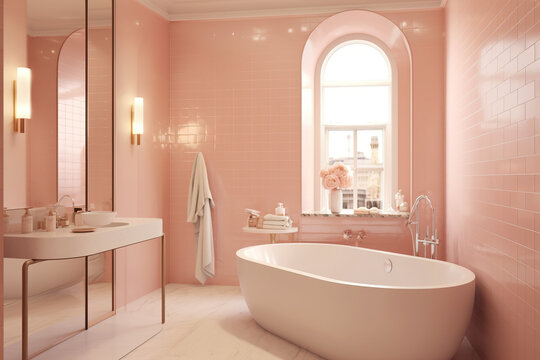
Pastel bathrooms are making a stylish return, blending vintage charm with modern sensibilities. Soft hues like mint green, blush pink, and baby blue evoke a sense of tranquility while adding a touch of whimsy. These soothing colors are being paired with sleek fixtures, marble accents, and contemporary lighting for a sophisticated look. Homeowners are embracing pastel tiles, painted cabinetry, and even retro-inspired clawfoot tubs to achieve this aesthetic.
Beyond their aesthetic appeal, pastel shades help to make smaller bathrooms feel brighter and more spacious. Advances in paint technology also ensure long-lasting vibrancy and resistance to moisture. Whether used sparingly as accents or throughout the entire space, pastels add personality without overwhelming the design. For more inspiration, browse Domino’s guide to pastel bathroom ideas here.
10. Wicker and Rattan Furniture

Wicker and rattan furniture, staples of 1970s decor, are making a sophisticated comeback in modern interiors. Lightweight and versatile, these natural materials add warmth and texture to any room. Contemporary designs emphasize clean lines and neutral tones, making them perfect for minimalist or bohemian spaces. From chairs and coffee tables to headboards and lighting fixtures, wicker and rattan are being incorporated into both indoor and outdoor furniture collections.
Their eco-friendly nature also appeals to sustainability-conscious consumers. Designers are pairing these pieces with plush cushions, metallic accents, and lush greenery for a balanced, modern aesthetic. These materials are highly durable, ensuring they remain a long-lasting investment. For ideas on incorporating wicker and rattan into your home, check out Apartment Therapy’s feature here.
11. Textured Ceilings

While popcorn ceilings may remain in the past, textured ceilings like coffered, beadboard, and shiplap are making a statement in modern homes. These treatments add depth and visual interest to often-overlooked spaces, transforming ceilings into key design features. Unlike the heavy stucco textures of the past, today’s designs focus on subtlety and elegance. Light-colored finishes and clean lines ensure these ceilings enhance a room without overwhelming it.
Textured ceilings can also help to improve acoustics and conceal imperfections in older homes. Homeowners are embracing them in living rooms, bedrooms, and dining areas to add a touch of sophistication. Pairing these designs with recessed lighting or decorative pendants enhances their architectural impact. For creative ideas, explore Homes & Gardens’ guide to textured ceilings here.
12. Draped Window Treatments
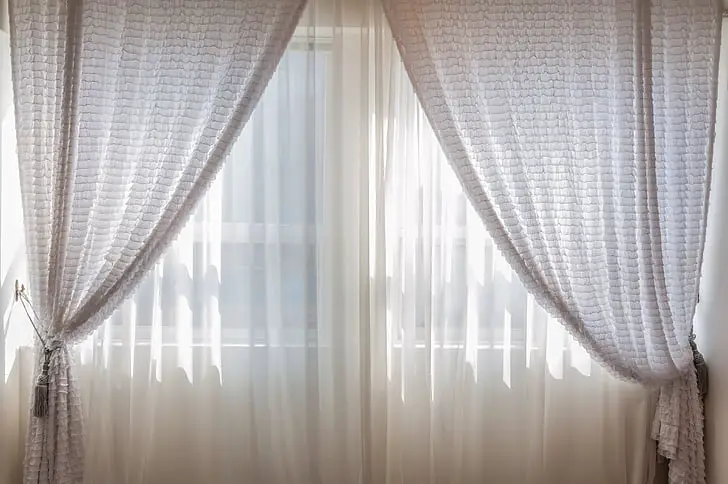
Flowing drapes are making a grand comeback, replacing the minimalistic blinds and shutters that have dominated recent years. Homeowners are rediscovering how curtains can transform a room by adding warmth, texture, and a touch of sophistication. Bold patterns, layered textiles, and luxurious materials like velvet or linen are especially popular in modern iterations. Drapes are also being used to frame windows dramatically or even divide spaces creatively.
Beyond their aesthetic appeal, they offer functional benefits such as improved insulation and light control. Pairing drapes with complementary tiebacks, rods, or valances enhances their visual impact. These versatile window treatments are available in an array of styles to suit both classic and contemporary interiors. For expert tips on styling drapes, visit Martha Stewart’s guide here.
13. Floral Upholstery
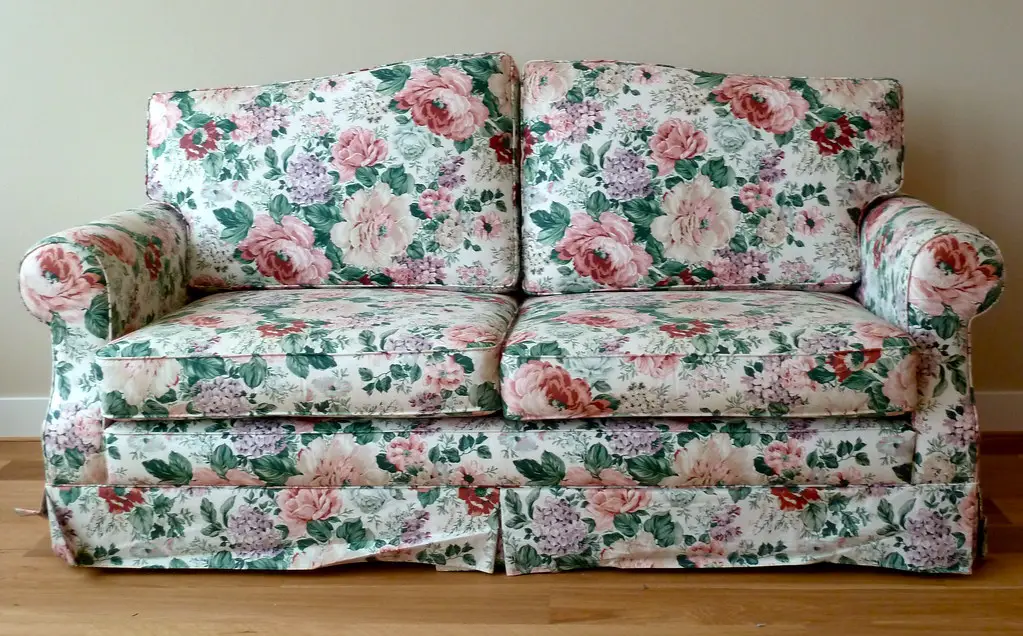
Floral upholstery, once considered overly busy, is enjoying a resurgence as a nostalgic yet modern design choice. Contemporary takes on this trend feature scaled-back patterns and updated color palettes, making it easier to incorporate into any space. Whether on sofas, chairs, or ottomans, floral fabrics add a touch of elegance and character to interiors. Homeowners are pairing these prints with neutral walls and understated decor to let the patterns shine.
Advances in fabric technology have also made floral upholstery more durable and stain-resistant, ensuring it holds up in everyday use. Designers are experimenting with larger, abstract floral motifs for a fresh, artistic take. These pieces can act as focal points in rooms or blend harmoniously into eclectic interiors. For more on incorporating floral upholstery, check out Vogue Living’s feature here.
